The International School of Choueifat, Dubai, Al Sufouh
The Choueifat ‘hot house’ approach to education, with its prescriptive focus almost exclusively on examination performance, divides parents and children in equal measure. Its proponents argue that its conservative teaching methodology rooted in traditional styles of text book based learning and a restrictively academic focus is the only sure fire way to ensure children get to university. Its detractors, of which there are many including the Dubai Schools Inspection Bureau, highlight the dangers of an approach that ignores and reduces the “whole child” to academic performance and text books.
The general consensus is that Choueifat succeeds on its own terms in brute examination performance but at a cost, measured in the degree to which children at the school view their education as a particularly happy or productive experience, or the more limited breadth of non-academic educational provision the Choueifat child will experience. Whatever else, however, Choueifat does succeed in offering the type of educational focus usually restricted to academically selective schools and, in so doing, opens up the opportunities of an academic education to many children who would otherwise never be given that chance.
It should be noted, as of 2015-16,Choueifat is yet to publish examination performance in detail.
The school is large by any standards, educating just under 4,000 children from Kindergarten to Grade 13 in 123 classes across the year groups. The majority of students learn Arabic as a first language and Arab students comprise by far the largest group. There are significant numbers of Emirati, Indian, Pakistani, US, Iranian, Canadian and UK students.
There are approximately 160 teachers, and class sizes are large with a teacher-student ratio of one teacher to twenty seven students. Teacher turnover, at 25%, is also on the high side.
Students can sit IGCSE, GCSE, AS & A-levels, AP and SAT tests.
Go to the FULL REVIEW on WhichSchoolAdvisor.comPrivate
FS1: 18766
FS2: 20060
GRADE-1: 21355
GRADE-2 : 21678
GRADE-3 : 22002
GRADE-4 : 23619
GRADE-5 : 24266
GRADE-6 : 25237
GRADE-7 : 27502
GRADE-8 : 28473
GRADE-9 : 30091
GRADE-10: 32356
GRADE-11: 35268
GRADE-12: 35915
SABIS (heavily modified National Curriculum of England)
MSACS, NCPSA
Not published
Not published
Not published
Not published
Not published
Not published
Not published
Not published
No
Not published
4043
1:27
Irish
25%
1993
Al Sufouh, Dubai
Arab (largest nationality)
Mixed
SABIS
(+971) 4 399 9444
41.6%
50%
58.3%
75%
41.6%
50%
58.3%
75%
50%
50%
50%
25%
25%
25%
25%
25%
25%
50%
50%
50%
• A broad range of extra-curricular activities, including gymnastics, ballet, games, drama, music and art, extend students’ experiences in the High School. Links and visits are organized with the local community to broaden knowledge
• Attainment and progress are good in English, Mathematics and Science at High School level
• Students demonstrate outstanding levels of personal responsibility in the High School and this is reflected across all other phases of students’ education where the standard is good or above
• The school’s provision for health and safety is good at all stages of each child’s education
• Assessment systems are good in the Primary, Middle and High schools
• Teaching, learning and assessment in the Kindergarten is inconsistent and unsatisfactory. Learning is not age-related or holistic. The Kindergarten curriculum is inappropriate to the age of the children and their needs
• Across every part of the school, significant elements of the curriculum are unsatisfactory because they fail to meet the individual needs of students. The rigid programme of study followed by every student does not allow for the curriculum to be modified to meet the varied pace of learning needed for individual students. Allowances for different learning styles are rare. In particular, the school fails able students and those with Special Educational Needs [SEN]
• School governance is ineffective in holding the school’s leaders to account for required improvement in Islamic Education and Arabic as an additional language. The school is not compliant with the Ministry of Education’s regulations for teaching Islamic Education and Arabic
• Some classrooms are significantly overcrowded, restricting learning and development
• Specialist support is not provided for those children who require behavioural, social or emotional support. Many children fall through the net














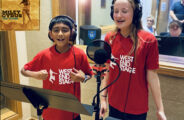
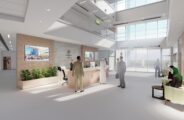

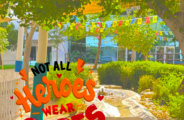

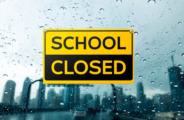




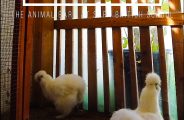
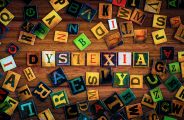
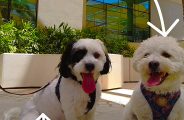


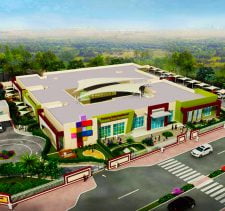
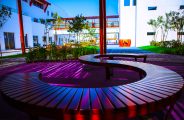
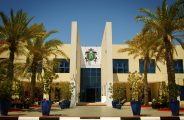

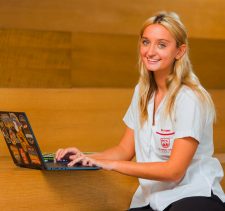
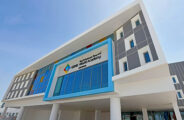
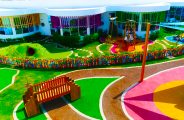
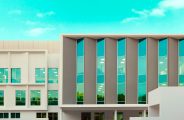
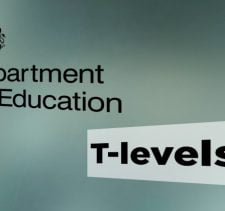

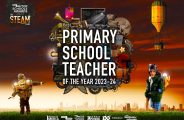


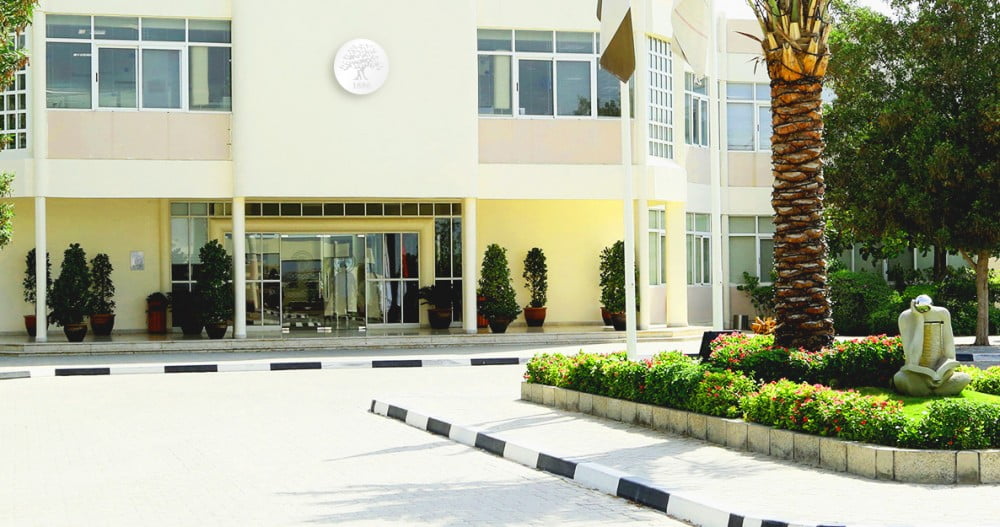
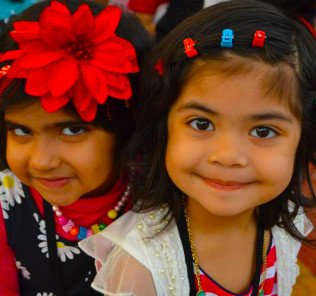
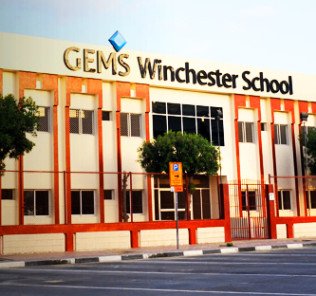


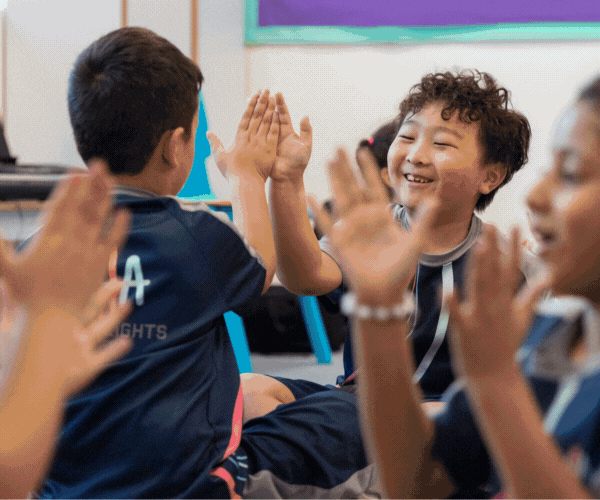
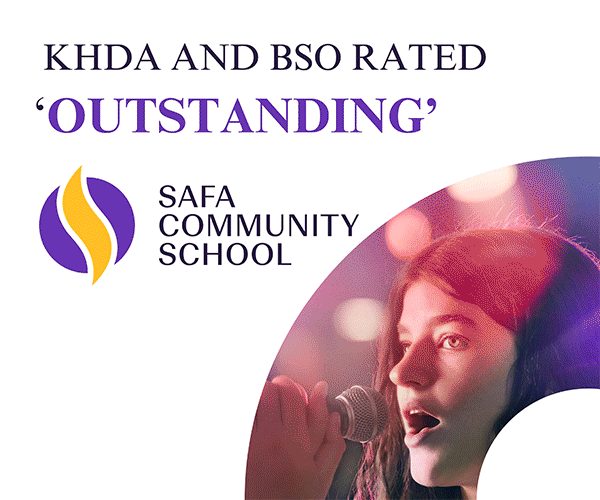
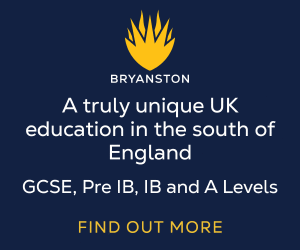
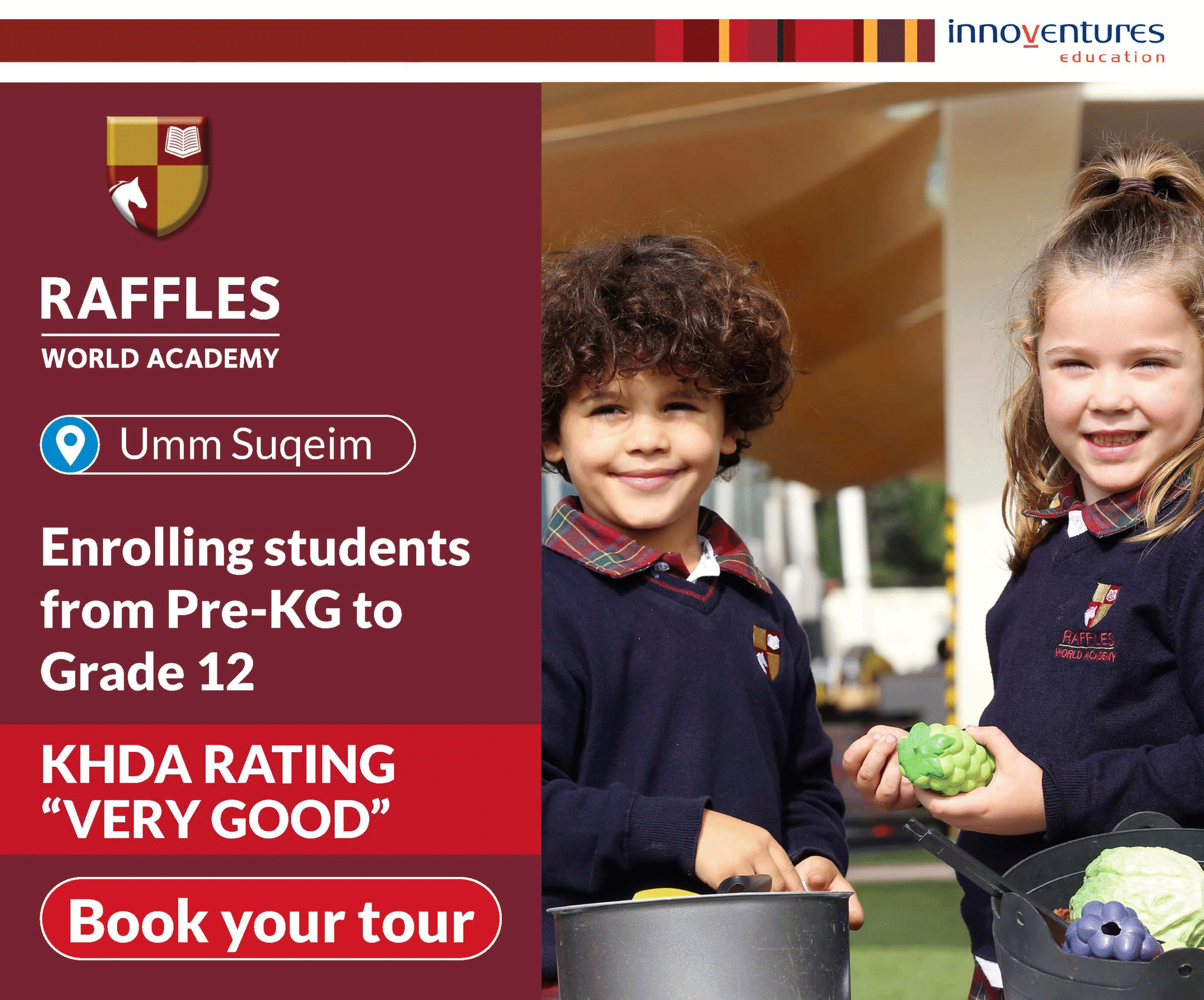

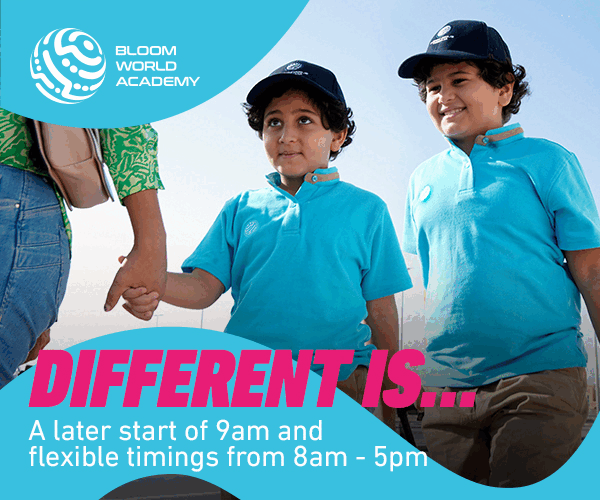






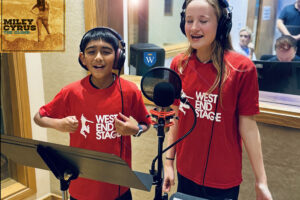
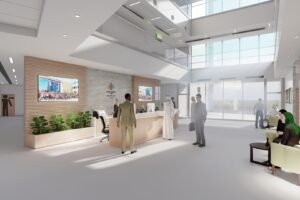
Leave a Response